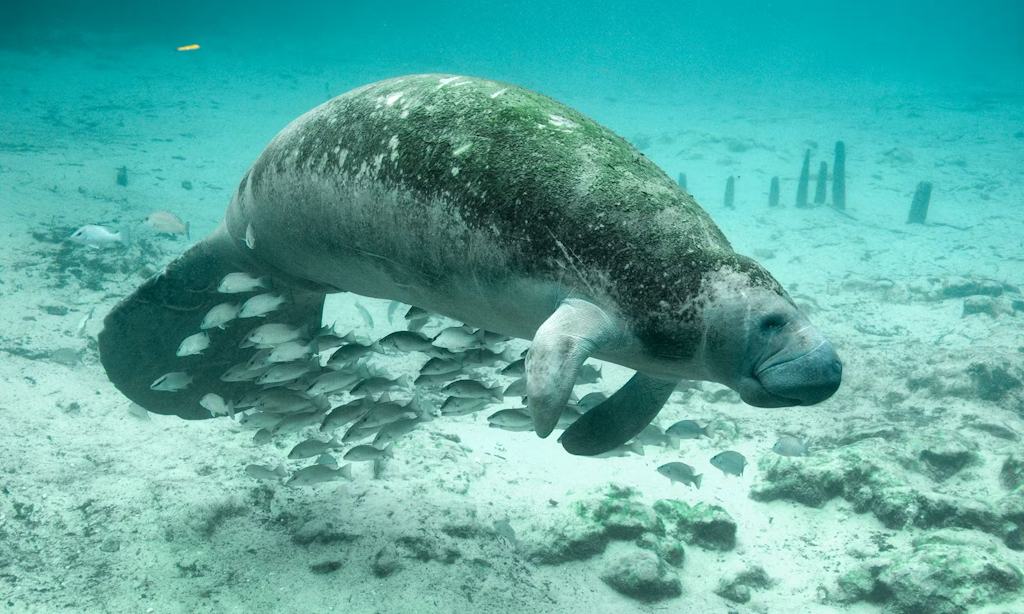Protecting Florida’s Gentle Giants: A New Era for Manatee Conservation

In a significant step forward for the conservation of one of Florida’s most iconic species, the U.S. Fish and Wildlife Service has proposed a revised critical habitat plan for the Florida manatee. This proposal aims to protect 1.9 million acres of habitat, marking the first update to manatee protections since 1976. For the Antillean manatee in Puerto Rico, an additional 78,121 acres will be safeguarded. These changes come as manatees continue to face unprecedented threats, with over a thousand deaths reported in 2021 due to pollution-induced habitat degradation.
“Manatees have waited nearly 15 years for the Fish and Wildlife Service to fulfill its promise to update these lifesaving habitat protections, so this is a big win for the species.”
-Ragan Whitlock, Center for Biological Diversity
After such an extensive wait, these expanded protections are both a vital win for the species and long overdue, given the alarming loss of seagrass, the manatee’s main food source, which has led to emergency feeding trials to prevent widespread starvation.
The proposed revisions highlight the need for protected access to natural warm-water sites, essential for manatees’ survival during winter, and the preservation of seagrass forage areas. In the past, critical habitat designations failed to specify the amount of protected land, and this revision is expected to provide the clarity and commitment needed for true protection.
A tragic record 1,100 manatee deaths in 2021, coupled with continued calf mortality in 2024, signal the urgent need for this habitat expansion. Pollution in the Indian River Lagoon, a known hotspot for manatee deaths, has exacerbated the crisis, pushing the species closer to a tipping point. Conservationists like Jane Davenport of Defenders of Wildlife see this expansion as a critical tool in ensuring manatee recovery, stating,
“For too long, we have degraded and destroyed the Florida manatee’s habitat through pollution, dredging, and blocking access to the natural warm water springs vital to its winter survival.”
This expansion of critical habitat offers more than just land—it is a renewed commitment to manatee recovery. Protecting nearly two million acres creates a lifeline for these gentle giants, ensuring future generations can thrive in an environment safeguarded from further destruction. Federal, state, and conservation groups now have the framework to make lasting changes. However, as Patrick Rose of Save the Manatee Club points out, the Service must “see the job through,” following through on its promises to restore and protect the manatees’ habitat.
The Florida manatee’s journey to recovery remains a challenging one, but with these new protections in place, there is hope that these beloved creatures will continue to grace Florida’s waters for generations to come.
